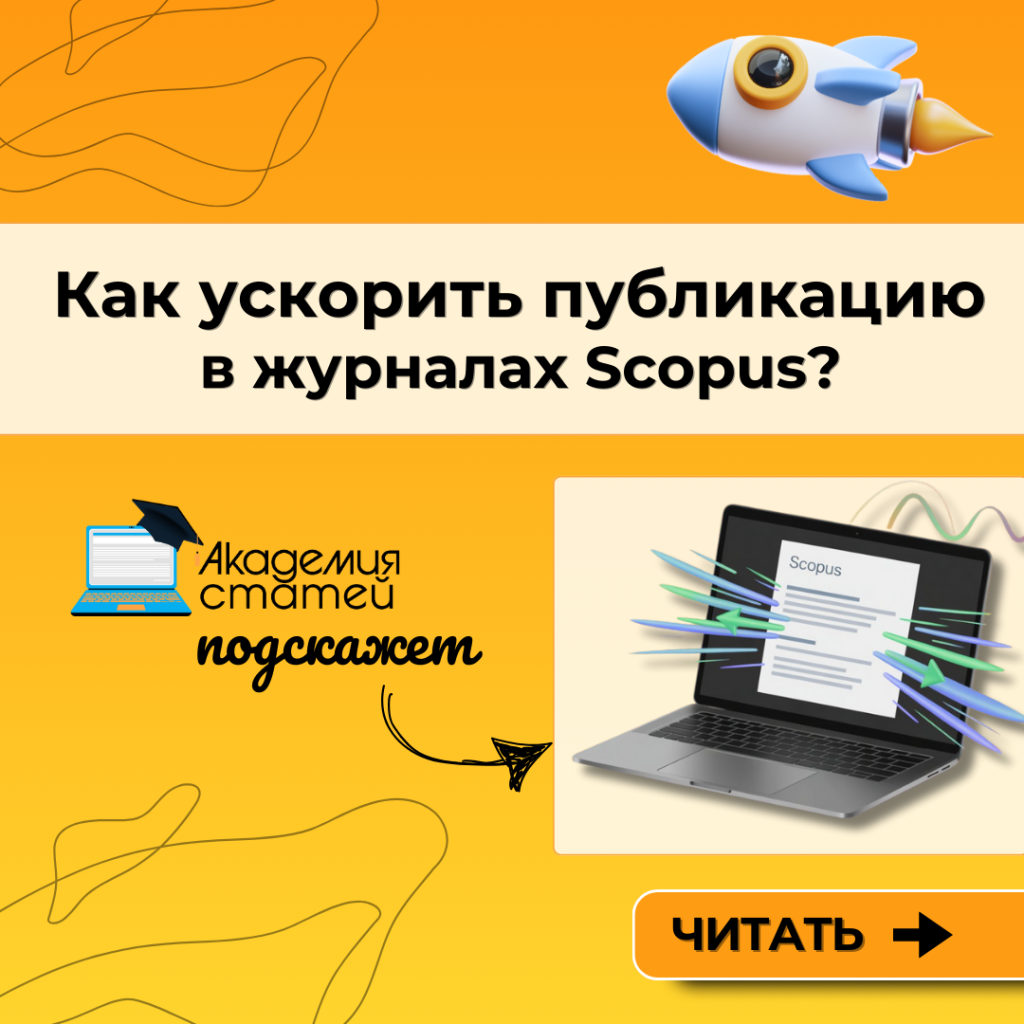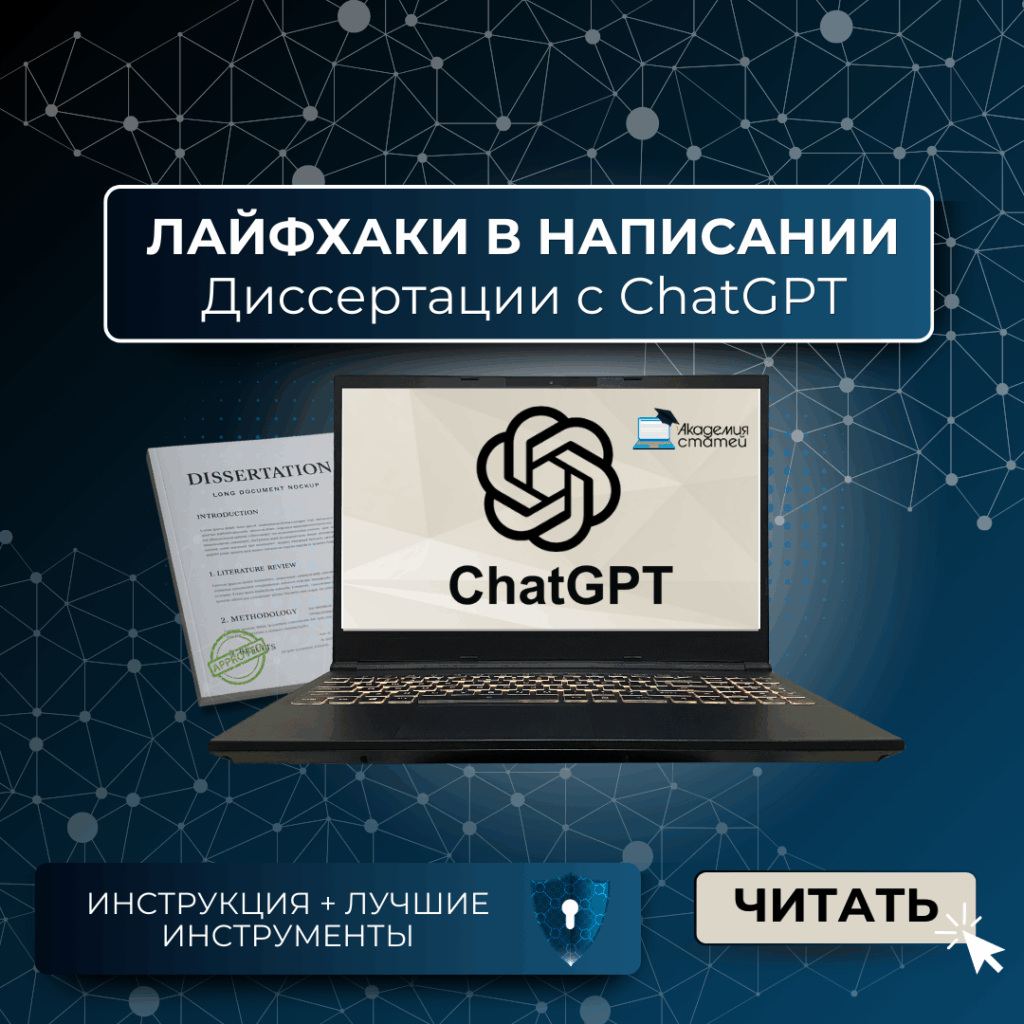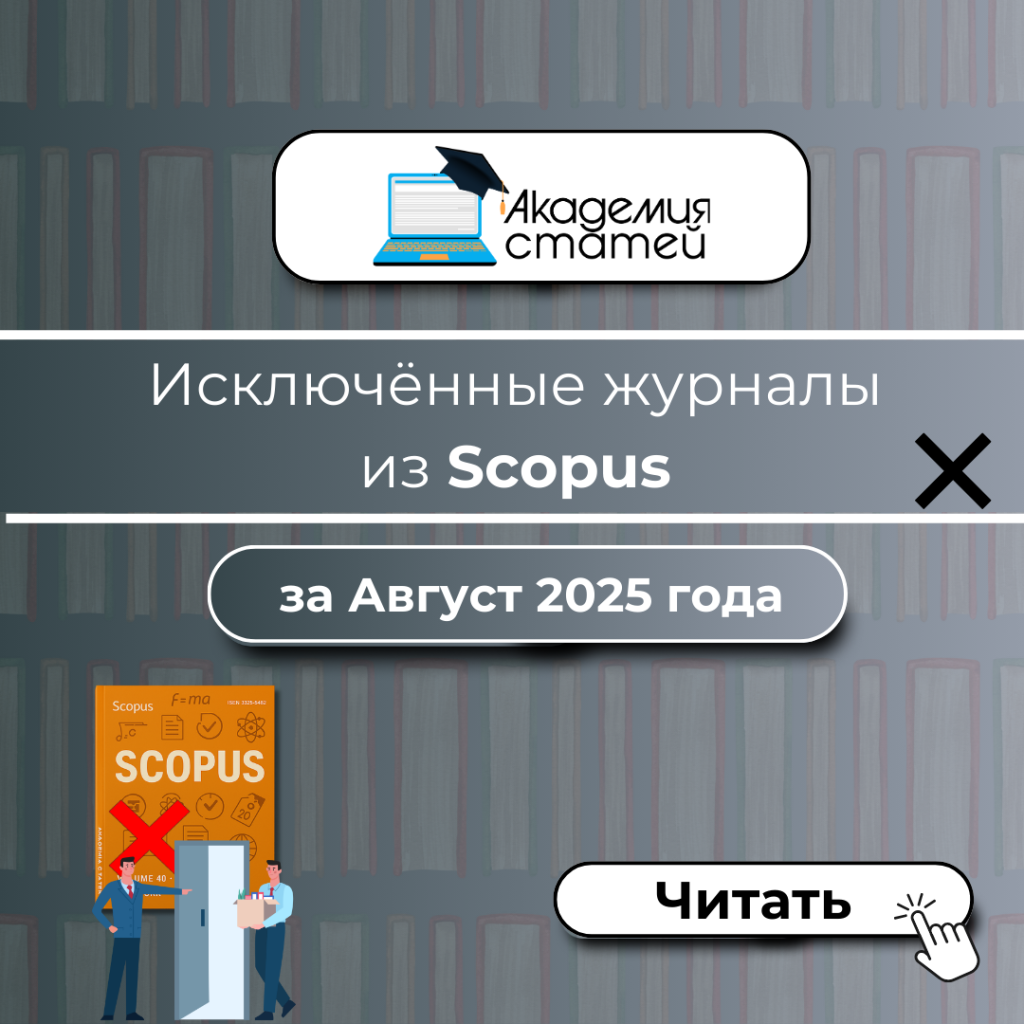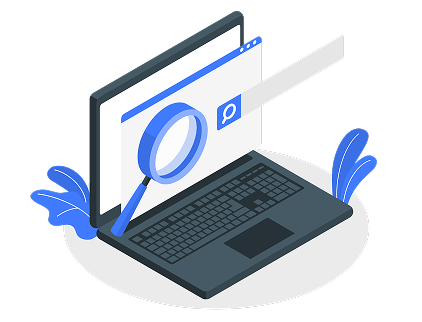Many of you often ask: How long does it take to publish in Scopus journals?
A particularly widespread myth is that an article in a Q1 journal will be published quickly. Some research publishing companies offer fast and inexpensive publication in Scopus Q1, but it's not that simple. In this article, we'll tell you about such journals to help you avoid wasting money, time, and stress in the future.
In reality, everything is much more complicated: each quartile has its own characteristics, deadlines, requirements, and pitfalls.
Today we'll tell you about the actual publication times in Scopus journals—from Q1 to Q4. Without myths or illusions.
Q1–Q2 journals
Q1-Q2 journals — this is the highest level of journals in Scopus.
Publishing in such journals brings prestige, but also significant challenges. Below are the four main categories of Q1 journals and their realistic publication deadlines:
Elite journals (Springer, Wiley, Elsevier, Taylor & Francis, SAGE):
- These are leading world-class scientific publications;
- Average publication time: 200–300 days;
- Requirements: maximum novelty, deep methodology, high scientific level;
- Publication fee (APC): from $3000.
Double or even triple-blind review, with several rounds of editing, is often used.
Not suitable for 95% authors - Only for the scientific elite with cutting-edge research.
Mid-level commercial Q1 magazines (MDPI, Frontiers, Emerald, De Gruyter):
- Publication can be obtained faster - in 3-10 months;
- The requirements are high, but more flexible than those of elite publishers.
- Ideal for 20% authors who:
— Have a quality article;
— Ready to pay high APC;
— They want to reduce the waiting period.
- Publication fee: from $2000.
University journals Q1 (free):
- Typically these are old academic publications with a history of more than 20–30 years;
- Advantage: no publication fee at all;
- Flaws:
— Very long terms – from 12 to 24 months;
— Subjective selection system — often published “by connections”;
-Heavy workload on editorial offices due to the number of applications.
- Suitable for approximately 50% authors - mainly those who are willing to wait years to save money.
"Sharagi"
"Sharagi" - Fully commercial journals with a low entry barrier but high quartile rankings. Often created solely for profit or acquired by private companies, they quickly achieve high quartile rankings through artificial citations and a small number of articles.
Advantages:
- Low requirements - may accept articles without verification.
- Very fast publication - sometimes in less than 10 days.
Flaws:
- There is a high risk that the article will not be indexed.
- Loss of reputation in the scientific community is possible.
- Even if an article is indexed, the risk of de-indexing is very high.
Publication fee: 1000–2000$.
Conclusion: A very risky option. Suitable only for those who "play at their own risk."
Q3–Q4 journals
Q3–Q4 journals in Scopus: faster, cheaper, but with nuances.
As with Q1–Q2, journals in the lower quartiles can be roughly divided into three categories. Each has its own advantages, risks, and target audience.
Mid-level commercial magazines
- They work on a paid basis.
- Average publication time: 4–8 months.
- Requirements: moderate; suitable for most authors with a scientific background.
- Target audience: 30–40% authors who can write an average-level article and are willing to pay a moderate publication fee.
- Publication fee: 600–1200$.
- Balance: A reliable option for those who want to get published without strict requirements.
Free university journals
- Published by universities, do not charge APC
Advantages:
- Free publication, accepts mid-level articles
Flaws:
- Reviewers are often unmotivated and work slowly.
- The wait for a review is 4–8 months or more.
- Sometimes there is an objective assessment or no feedback at all.
- There are times when an article simply gets “lost.”
- Target audience: up to 70% authors - those willing to wait to save
Conclusion: If you're not in a hurry and want to publish for free, this is a worthwhile option, but it does require patience.
"Sharagi"
"Sharagi" — entirely commercial magazines with a low entry barrier. Often created solely for profit or acquired by private companies.
Advantages:
- Low requirements - may accept articles without verification.
- Very fast publication - sometimes in less than 10 days.
Flaws:
- There is a high risk that the article will not be indexed.
- Loss of reputation in the scientific community is possible.
- Even if an article is indexed, there is a real risk of de-indexing.
Publication fee: 400–800$
Conclusion: A risky option. Suitable only for those who "play at their own risk."
Conclusions:
What do you need to know about publication deadlines in Scopus journals (Q1–Q4)?
- The higher the quartile, the longer, more expensive and more complex it is.
Publication in Q1–Q2 can take from 6 to 24 months. This is a complex process with high demands on the scientific level, methodology, and novelty of the research. - Q3–Q4 are a more affordable option, but also have their own nuances.
Submitting an article is easier, publication fees are lower, but there are risks of slow review, loss of the article, or subjective selection. - Free magazines = long wait.
Such magazines aren't a freebie, but a long-term game. Free means low editorial motivation and an overload of submissions. - "Sharagi" - fast, cheap, but dangerous.
This is almost always a risk. Indexing may fail, or the journal may be de-indexed—and you'll lose money, time, and reputation. - There is no perfect universal solution.
It all depends on your goal: fast, high-quality, prestigious, cheap – you always need to choose one or find a balance.





